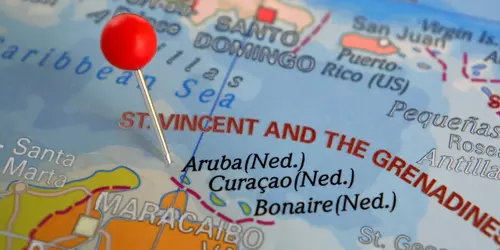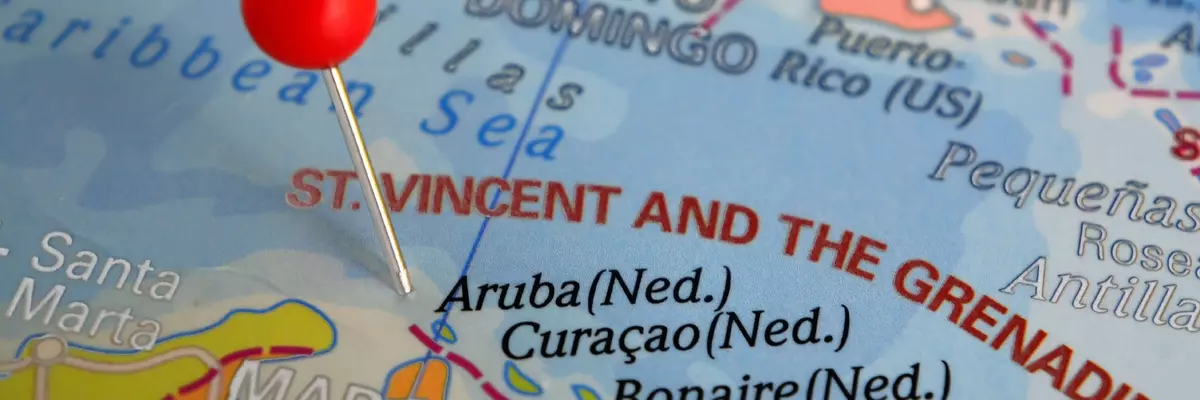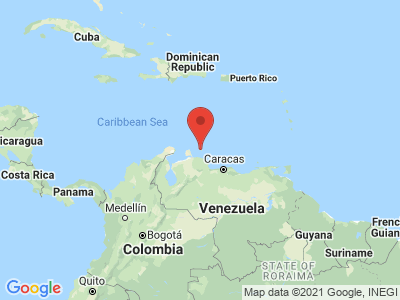Climate Table Curaçao
Jan | Feb | Mar | Apr | May | Jun | Jul | Aug | Sep | Oct | Nov | Dec | |
|---|---|---|---|---|---|---|---|---|---|---|---|---|
| Max. Temperature | 29° | 29° | 30° | 30° | 31° | 31° | 31° | 32° | 32° | 32° | 31° | 30° |
| Min. Temperature | 24° | 24° | 24° | 25° | 26° | 26° | 26° | 26° | 26° | 26° | 25° | 24° |
| Sun Hours | 8 | 9 | 9 | 8 | 8 | 9 | 9 | 9 | 9 | 8 | 8 | 8 |
| Water Temperature | 26° | 25° | 26° | 26° | 27° | 27° | 27° | 28° | 28° | 28° | 28° | 27° |
| Rain Days | 8 | 5 | 3 | 3 | 3 | 3 | 6 | 5 | 5 | 8 | 10 | 12 |
The climate year of Curaçao
Even those who have not heard of the island of Curaçao, the strong blue alcohol "Blue Curaçao" on the other hand, probably everyone knows. This is an orange liqueur that was originally made from the island's wild bitter oranges. However, the name is not protected, so if you want to drink real Curaçao, you have to come to the island yourself and taste the original here. It is available not only in blue, but also in green or red. The 444 km² island of Curaçao belongs to the Lesser Antilles and is located about 60 kilometers off the coast of Venezuela. Together with the other "ABC islands" Aruba and Bonaire, Curaçao is also one of the "islands under the wind". This romantic-sounding designation means that the islands are located on the side facing away from the northeast trade winds and therefore have a uniformly tropical, rather dry climate. Unlike other Caribbean islands, this group of islands - and thus also Curaçao - is outside the hurricane belt, so that tropical cyclones very rarely make their way here.
General information about Curaçao
Curaçao is one of the most beautiful diving destinations in the Caribbean. Passionate divers can enjoy huge stony and soft corals, sponges, anemones and all kinds of fascinating sea creatures. It is also possible to dive relatively easily for wrecks that sank centuries ago. The water, even at depths of several meters, is still up to 30 °C - all year round. In the northwest of Curacao, the impressive Christoffel National Park with its breathtaking landscape and exotic flora and fauna extends around the 375 meter high Mount Christoffel. The small Shete Boka National Park is best known for its impressive limestone caves and caverns. The colorful capital Willemstad also attracts with numerous sights.
Tourism Curaçao
Average temperatures on Curaçao range between 26 °C and 32 °C, with only minor differences over the year. In the winter months between October and February, it is slightly cooler at 25 °C to 27 °C than in summer, when temperatures climb to 32 °C - sometimes higher. The hottest months are August and September, but the greenest (because rainiest) is December. The comparatively dry rainy season - an average of about 550 milliliters of precipitation fall per year - falls in the months of November to February. However, there are only heavy but short tropical showers. Afterwards, the sun immediately shines again from the sky.


